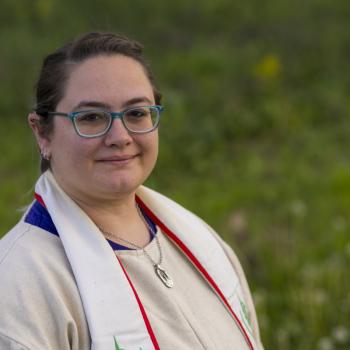From the time of death and for about two weeks the family is in an official state of morning. They are not supposed to come to a temple or perform puja during this period. Every evening at this time prayers may be recited in the home, and at the end of this period of mourning a special havan is performed by a priest for the release of the soul. Finally a meal is served to family members and friends and gifts are given to the priest(s). Weeks or months later the ashes may be taken to India to be disposed into a sacred river or, locally if it is possible, ashes may be put into the ocean. The funeral process can be an elaborate affair and one that varies greatly from community to community.
These are the major samskaras that are still practiced today. The ones that have not been mentioned include the conception ritual (Garbhadhana), a ceremony to create a son (Pum-savana), the birth ceremony (Jata Karman), the first trip out after birth (Nishkramana), returning home after graduation, and even a first sari-tying ceremony for girls entering puberty.
This article is reprinted from Devasthanam: a Hindu Resource where Faith and Scholarship Meet with permission.
Shukavak N. Dasa received his Ph.D. in South Asian Studies and his Masters degree in Sanskrit grammar from the University of Toronto. He regularly lectures on Hinduism and he has been instrumental in developing Hindu Temples in the United States and Canada. He is the author of Hindu Encounter with Modernity and the SRI Bhagavad Gita, a Gita translation for the modern age.




